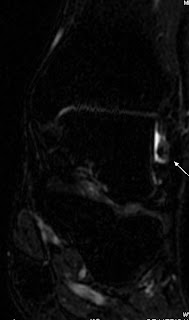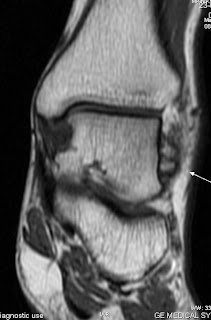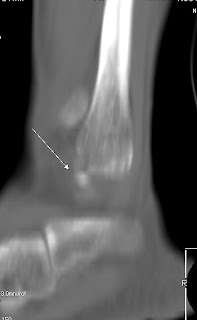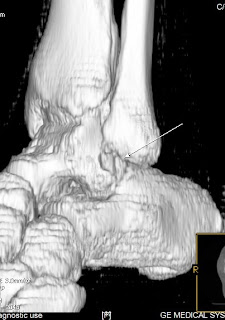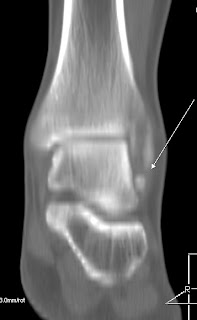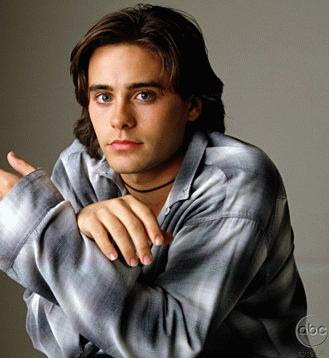 The great symbol of the 1920s era in the Philippines was Pancho Villa, the most brilliant fighter of the period that bred such great boxers as Cabanela, Young Dencio, Frisco Concepcion, Clever Sencio, and the Flores Brothers.
The great symbol of the 1920s era in the Philippines was Pancho Villa, the most brilliant fighter of the period that bred such great boxers as Cabanela, Young Dencio, Frisco Concepcion, Clever Sencio, and the Flores Brothers.Pancho Villa placed the Philippines on the map by winning boxing laurels abroad, defeating even the toughest flyweights in the United States. His fighting style was characterized by a relentless attack, a raging bull onslaught, and explosive and devastating punches.
His total fights of 105 (some only weeks in between) was a record in itself, elevating him into one of the great fighters in the history of boxing, and certainly one of the greatest Asian brawlers to step on the ring. The prestigious Ring Magazine, the bible of boxing aficionados, ranked Villa as one of the 100 Greatest Boxers of All Time.
Born Francisco Guilledo in Negros Occidental on August 1, 1901, he adopted the name Pancho Villa from the name of Mexico's famous revolutionary. Villa fought exclusively in the Philippines from 1919 through April 1922, often facing much larger men. In that period of time, he lost only three fights and captured two Filipino titles. In 1922, the American boxing promoter Frank Churchill discovered Villa in one of the amateur fights in Manila. Impressed by the young man's power punches, Churchill took Villa to the United States. The young Filipino fought two no-decision bouts in New Jersey, losing-according to the newspapers, to Abe Goldstein and Frankie Genaro.
The American press and public were at first slow to take notice of Villa. Churchill had difficulty arranging fights in major venues until, for almost no money, he got Villa and another Filipino, Elino Flores, on a card at Ebbets Field, home of the Brooklyn Dodgers. Each fighter won his bout, and the crowd gave Villa a standing ovation.
Portrait by Fernando Amorsolo.Dennis Villegas magazine collection
In the much-anticipated match at New York's Polo Grounds on June 18, 1923, in front of thousands of spectators, Villa and Wilde set out for one of the most exciting fights in boxing history. Villa started slow, while Wilde started fast, throwing power punches that meant to knock-out the Filipino slugger. Villa defended successfully and threw some power punches of his own in retaliation, most of them landing and almost knocked down Wilde. In the second round and onwards, however,Villa started to display his relentless attacking style, peppering Wilde with punches from both hands. In the seventh round, Villa battered Wilde to a state of helplessness, knocking him flat, face down in canvas, ending the fight --and Wilde's career. The crowd was ecstatic with Villa's victory--shouting "Viva Villa!" "Viva Villa!"
Here's a very rare footage of that famous bout, now considered one of the greatest slug fests in boxing history:
 Pancho Villa caricature by cartoonist Jorge Pineda, Lipang Kalabaw 1923.
Pancho Villa caricature by cartoonist Jorge Pineda, Lipang Kalabaw 1923.Dennis Villegas magazine collection
Villa returned to the Philippines in September 1924, amidst jubilant reception (of his countrymen, not unlike the ones we do when Manny Pacquiao returns from a successful fight). He was invited for a parade and reception at the Malacanang Palace by then Governor General Leonard Wood, together with some of the big names in Philippine politics--then Senate President Manuel Quezon and House Speaker Sergio Osmena. It was known that General Wood and Senator Quezon were not in good terms, but the presence of the world champion temporarily set aside their personal differences.
As World Champion, Villa collected into his person all the swank and swagger of the era and the whole country felt an electrifying pride in his rise from rags to riches, his fetish for the most magnificent wardrobe, his expensive silk shirts and fashionable hats, his pearl buttons and gold cuff links, and his regal servants. He had a servant to massage him, another to towel him, a valet to put on his shoes, another to help him put on his trousers, still another valet to comb his hair, to powder his cheeks, and spray him with the most expensive perfume.
The Filipinos adored his extravagance, treating him almost as their crowned king. For a time, Villa was the most beloved figure in the Philippines--he had captured the heart and admiration of his countrymen, and he well thought he deserved it. He was perhaps more idolized as a showman, than as a boxer, and he was conscious of it. Never before had the Filipinos been electrified by the pride that their own kind had become the Champion of the World.
Villa successfully defended his title several times in the U.S. and the Philippines, and for a time, was considered practically invincible in the ring. Before returning to the United States, Villa defeated in Manila another great Filipino boxer, the mighty Clever Sencio. It was destined to be Villa's final victory in the ring--and no one among the thousands of cheering spectators knew it at that time.
In 1925, Villa fought in a non-title bout with Jimmy McLarnin in Oakland, United States. Weak from the recent extraction of a wisdom tooth, Villa lost the decision. It was destined to be his last fight. Another visit to the dentist resulted in the discovery of an infection and the extraction of three more teeth. Villa ignored the dentist's instructions to rest and return for a follow-up visit, and instead indulged in a week-long party.
The infection worsened, and by the time Villa's trainer, Whitey Ekwert, discovered the fighter's distress and rushed him to the hospital, it was too late. Villa died on July 14, 1925, of Ludwig's Angina, an infection of the throat cavity. He was survived by his wife Gliceria*.
Villa's untimely death at the young age of 24 broke the nation's heart. The hysteria that possessed the masses during his funeral was the most feverish of its era. Filipinos openly wailed in the streets while their hero's casket was being borne to its sad destination.
Such was the brief but shining career of one of the greatest Filipino boxers who ever lived.

Pancho Villa's grave inside the Manila North Cemetery.
The grave is being cleaned everyday by a tomb caretaker.
In 1994, Villa was inducted posthumously in the International Boxing Hall of Fame, the second Filipino to earn the recognition--after Gabriel "Flash" Elorde.
*NY Times July 15, 1925: Villa "...died at a hospital here [San Francisco] today while undergoing an operation for an infection of the throat that developed from an infected tooth. Dr. C.E. Hoffman said the boxer suffocated under the anesthetic. Dr. Hoffman was preparing to operate when Villa's heart stopped. Artificial respiration failed to revive the patient."










